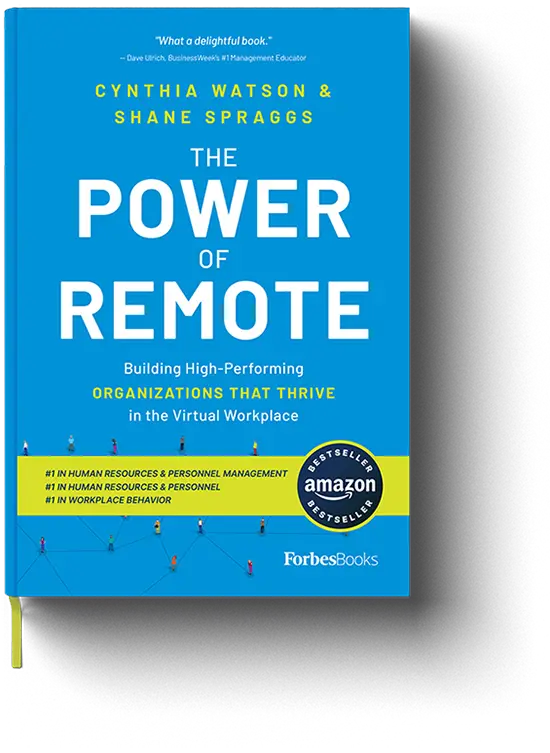The idea had been bandied about for decades, but in January 1880 a bold French team finally embarked on one of the most ambitious projects of all time: building a shipping canal through the Panamanian jungle to connect the Atlantic and Pacific oceans. But in less than a decade the French canal company had gone bankrupt after burning through $287 million and killing 22,000 men, mostly victims of yellow fever. The project’s leader, French diplomat Ferdinand de Lesseps, who had overseen construction of the Suez Canal, was convicted of misappropriation of funds and sentenced to five years in prison.

The upstart Americans thought they could succeed where the French had failed. In late 1903, as Panamanian rebels sought to separate from Colombia, the US seized its chance and used “gunboat diplomacy,” as it became known, to offer a security guarantee to newly independent Panama in return for the right to build and operate a canal.
US work began in May 1904 under President Teddy Roosevelt-appointed engineer John Findley Wallace. But Wallace soon tired and resigned in June 1905. His successor John Frank Stevens made the crucial contributions of improving sanitation and worker housing and sharply cutting the rate of disease. But in early 1907, just as the focus shifted to construction, Stevens also resigned. As his replacement, Roosevelt chose Army Major George Washington Goethals, a West Point-trained civil engineer with experience in canals. Goethals took the simple yet brilliant step of breaking the massive project into smaller, more manageable chunks. For instance, he divided the engineering and excavation work into Atlantic, Pacific, and Central divisions. The first two had a variety of locks and breakwaters to deal with, while the third was all about making the Culebra Cut through the continental divide to connect Gatun Lake to the isthmus’ southern coast. The project finished two years ahead of schedule and the Army Corps of Engineers largely credited its success to Stevens’ thorough preparation, which laid a strong foundation, and Goethals’ method of breaking the work into bite-sized chunks, which they dubbed work breakdown structure, or WBS. All of which helps underscore the great value of strong preparation for 21st-century businesses — especially when people are dialing in from all over the world. We call this “Planning to Plan”. Before embarking on a project, ask how much planning you need and how you will go about it before starting. Lesseps’ catastrophic failure was largely due to over-confidence and inadequate preparation. Project success often hinges on preparation, yet time and again today’s managers rush to launch. Whatever you’re working on, a solid foundation is essential to ensuring a full understanding of the context, scope, and complexity, and orienting everybody toward success. Thus, the main objectives of any project should have clear metrics and provide a simple answer to the question “What does success look like?” It’s crucial that project agreements with all parties nail down expectations and that everyone, whether in an office or working remotely, is on the same page. Using web-based tools like Miro and department retrospectives to clarify and prioritize outcomes will ensure that everyone is onboard and invested. Once everyone signs off, move onto a WBS, or an Agile Story Map, which similarly breaks goals into smaller deliverables. There’s a good reason the US military institutionalized WBS as a planning tool: because it works. You might want to take an afternoon to visually map out the project to see how chunks might be separated from the whole. Once you have all the pieces of the project defined, work backward from your deadlines and fill in the steps needed to reach your destination. For instance, if a regional sales launch requires customized designs and you know the art will take three weeks to produce, make sure the copy is completed at least three weeks before the event. A WBS is essential for estimating budget, timeline, required team members, and other project elements, but it also helps identify, right at the outset, all those involved and their roles. This includes government bodies, clients and third-party vendors, and identifying them early is crucial, as it ensures that all decision-makers, especially external figures, are accounted for and kept on schedule. In the unfortunate event that you end up like Lesseps, in charge of a Titanic-like project, an environment of connection and understanding should encourage the negotiation of an acceptable solution, rather than a full-steam ahead push into bankruptcy and prison. Assuming you’re not building a canal, you might look to reduce project scope to mitigate risk. With most remote and Agile projects, it’s helpful to deliver something you can learn from as soon as possible. In some cases — and we’ve had this happen to us too many times to count — the early lesson could be that the project sponsor no longer has any interest in the project or its objectives. But the likelier scenario is a bit of cost-cutting. For most projects, the primary cost is employee hours, yet they’re often overlooked. If you expect your project to be an uphill slog, doing a rough estimate of the total hours, and adding in any additional costs, such as printed reports, can sometimes sway the sponsor to reduce scope, alleviating the burden on you and the team — and moving you closer to success before you even begin.
This article was first published as an Author Post on Forbes.com

With increased demand for hybrid and fully remote work styles, most firms understand that some form of distance work is here to stay – and have put some remote protocols in place. But are they the right ones?
It’s time to take advantage of the many opportunities remote work presents. Stop saying “we’re not there yet,” and start saying “we’ve arrived!”
This book will show you how.